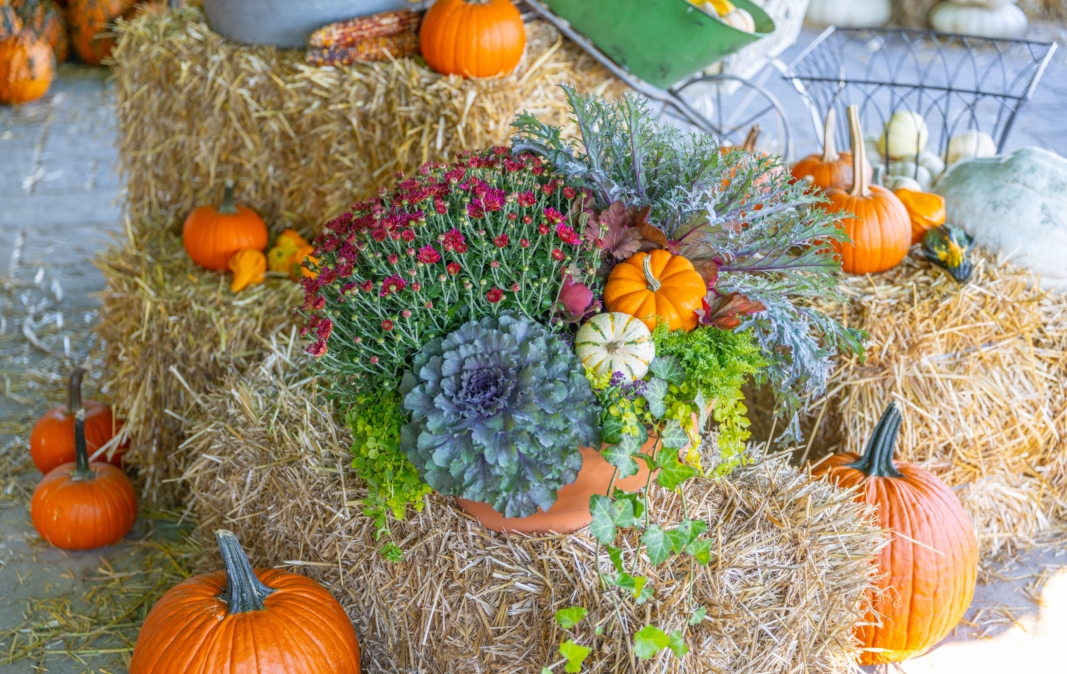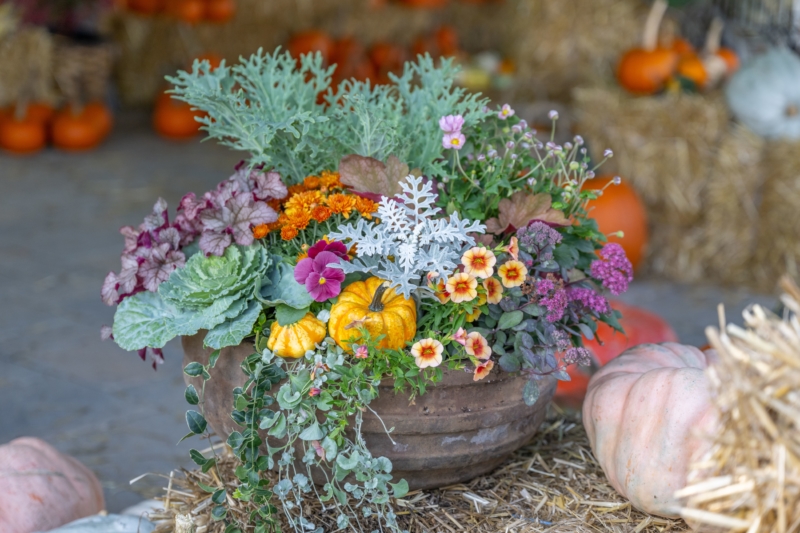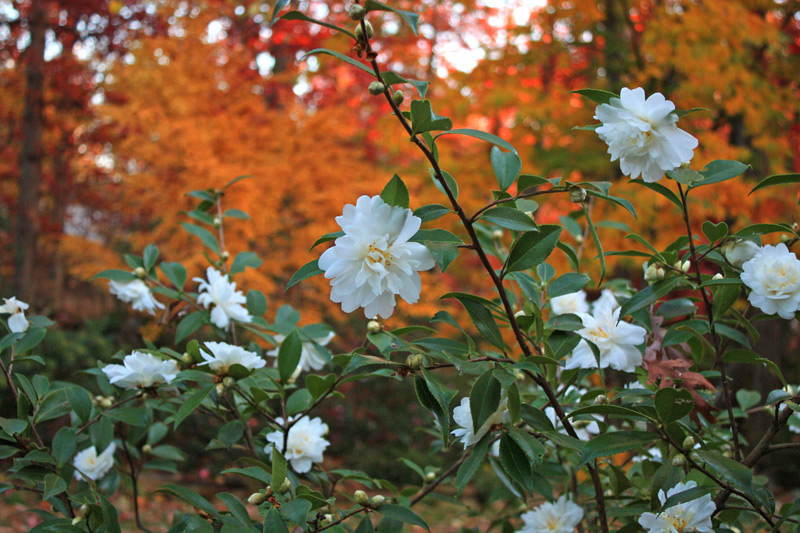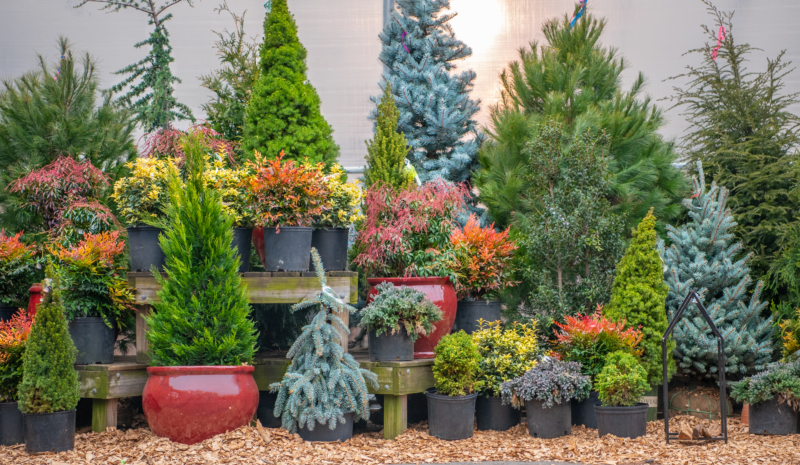 Photo by Bryn Wallace
Photo by Bryn WallaceA Guide for Garden Winterization Tasks
As the season cools and we begin to look forward to the holidays, figuring out what to do with our gardens as they begin to go to sleep for the winter can be a daunting task. October is a great time to take inventory and get started putting your garden to bed, so that both you and your plants can enjoy a winter break.
By doing a little bit of work each month, winterizing the garden becomes quite manageable! You can even take some steps to get ahead for spring, when we are all ready to get right into planting flowers.
October Checklist
Our average first frost is in the second half of October, so while we are starting to have cool nights, our vegetable gardens and annuals are still going strong.
- Do you have tropical plants or house plants outside?
If so, bring them inside. Do a good check for insects and other pests before you bring them indoors, and contact the plant clinic if you need to treat them for any issues. - Have you replaced tender annuals with cold hardy ones?
Clean up the old annuals and plant pansies, kale and cabbage that will take you through the cool weather.
- How does your vegetable garden look?
Clean up old vines and vegetable plants that are done. Get a frost cloth, if you don’t have one, to keep those cool season veggies going longer. - It’s time to plant bulbs, if you want spring tulips, daffodils, etc.
Bulbs are in store, grab them now!
November Checklist
Peak fall foliage has passed, and the weather is cooling off. It’s time to wrap up work on our vegetable gardens and our lawns for the season.
- Have you fertilized your trees and shrubs?
Now is a great time. Use Merrifield Tree and Shrub Food or Merrifield Flowering Plant Food. Root growth continues until soil temperatures dip to 40 degrees, and fertilizing now will improve growth next spring. - Do you want to provide winter shelter for wildlife?
Birds and beneficial insects will use the “mess” from your garden for winter shelter. If you want to give them a hand, consider leaving up some old perennials and keeping some of the fallen leaves in your garden. - Do your garden tools need maintenance?
Drain gas out of yard equipment, such as tillers and lawn mowers, before storing them. Clean and sharpen your hand tools before storing them away. You will appreciate having them ready to go when the weather warms up! - Are deer an issue in your garden?
Deer rutting season peaks this month. Deer are trying to rub the velvet off their antlers on small trees and shrubs. We’ve found the Merrifield two-part tomato cage to be an effective way to protect your plants.
December Checklist
The holidays are almost here, and it’s time to finish preparing our plants for winter.
- Do you have broadleaf evergreens that need protection?
This includes camellias, azaleas, rhododendron, figs, hollies and laurels. To minimize moisture loss during the cold, windy winter, apply Wilt-Pruf. Water plants thoroughly before applying this product. Follow all label instructions. Wrap camellias, figs and gardenias in burlap or frost cloth as these plants are particularly susceptible to cold temperatures. - Are your container gardens winterized?
Keep your containers in good shape during the winter, with or without plants. If they do not have plants, turn them over or bring them inside. If they do, wrap the containers in bubble wrap and/or burlap to insulate the plants’ roots, and remove saucers from underneath the containers.
- Do you keep bird feeders?
If so, now is a good time to begin adding food with extra protein and fat, as other resources are becoming scarce. If you have a bird bath, use a bird bath de-icer to make sure the birds have access to the water. - Are your deciduous trees and shrubs in need of pruning?
If so, you can start now, if you wish. Remove crossing and rubbing branches, taking care to avoid injuring the branch collar.





